Archives
- 2025-12
- 2025-11
- 2025-10
- 2025-09
- 2025-03
- 2025-02
- 2025-01
- 2024-12
- 2024-11
- 2024-10
- 2024-09
- 2024-08
- 2024-07
- 2024-06
- 2024-05
- 2024-04
- 2024-03
- 2024-02
- 2024-01
- 2023-12
- 2023-11
- 2023-10
- 2023-09
- 2023-08
- 2023-07
- 2023-06
- 2023-05
- 2023-04
- 2023-03
- 2023-02
- 2023-01
- 2022-12
- 2022-11
- 2022-10
- 2022-09
- 2022-08
- 2022-07
- 2022-06
- 2022-05
- 2022-04
- 2022-03
- 2022-02
- 2022-01
- 2021-12
- 2021-11
- 2021-10
- 2021-09
- 2021-08
- 2021-07
- 2021-06
- 2021-05
- 2021-04
- 2021-03
- 2021-02
- 2021-01
- 2020-12
- 2020-11
- 2020-10
- 2020-09
- 2020-08
- 2020-07
- 2020-06
- 2020-05
- 2020-04
- 2020-03
- 2020-02
- 2020-01
- 2019-12
- 2019-11
- 2019-10
- 2019-09
- 2019-08
- 2019-07
- 2019-06
- 2019-05
- 2019-04
- 2018-11
- 2018-10
- 2018-07
-
In this study we obtained the absorbance
2024-06-14
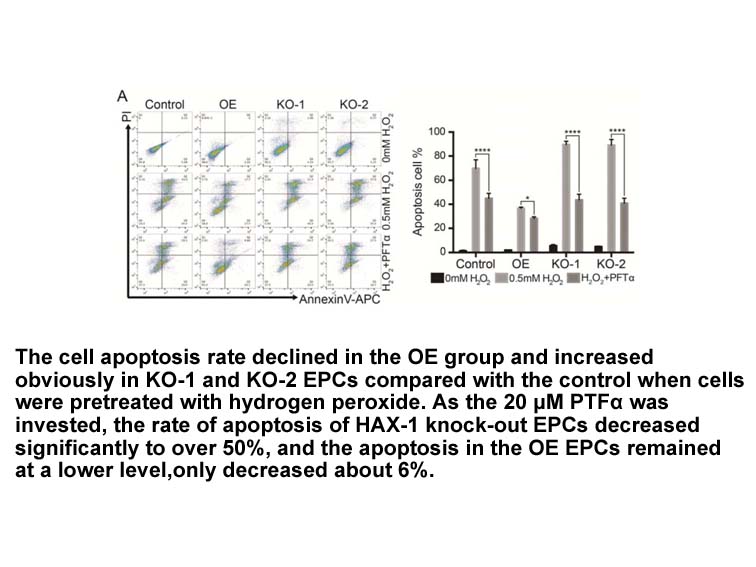
In this study, we obtained the absorbance and photoluminescence (PL) of tcid sale polymerized with various types of actin-binding proteins in order to probe the actin structures in situ without labeling. Both optical measurements have been useful in examining biomaterials such as DNA and proteins w
-
br Results br Discussion Utilizing a proteomic approach we i
2024-06-14
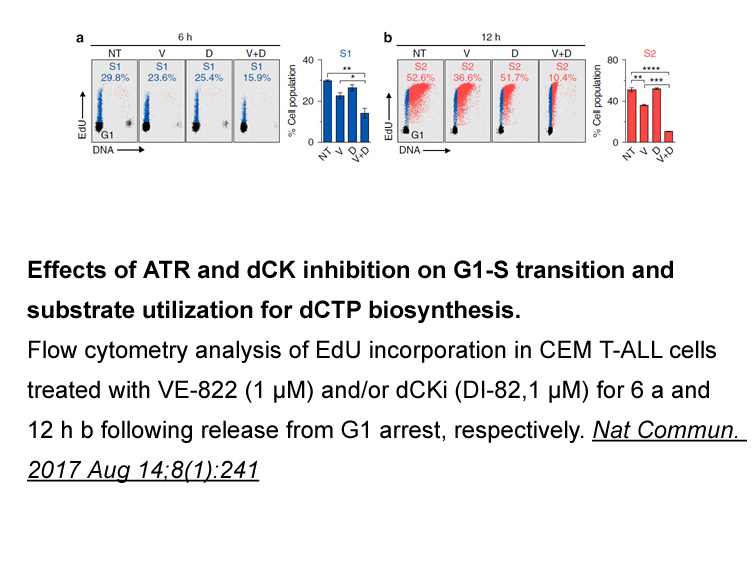
Results Discussion Utilizing a proteomic approach, we identified HSP90β as a protein that becomes associated with surface AChR in agrin-stimulated muscle cells. We demonstrate that HSP90β does not interact with the AChR directly; instead, via direct interaction with rapsyn, HSP90β becomes asso
-
br Conclusion Our study of late life
2024-06-14
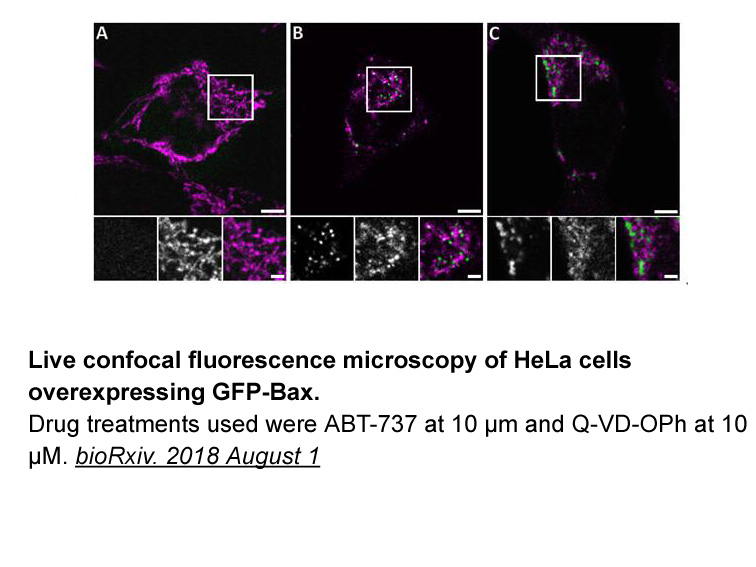
Conclusion Our study of late-life depression provides evidence of genotype-specific associations between depression and ACE methylation, as well as inverse correlations between ACE methylation and 2858 mg secretion. These findings highlight the potential need to consider methylation levels in com
-
br Methods br Results From a study population
2024-06-14
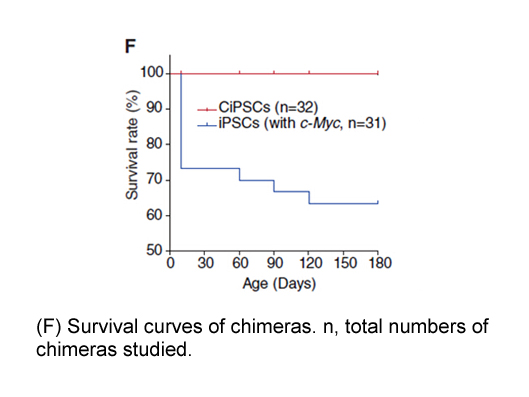
Methods Results From a study population of 7069 patients, a total of 149 falls were reported during the study Ro 48-8071 for an incidence rate (IR) of 5.2 falls per 1000 patient-days (PD), 95% confidence interval (CI) 4.4/1000 PD–6.1/1000 PD. The incidence rate ratio (IRR) for patients in the
-
ctep br Funding br Introduction The interest
2024-06-14
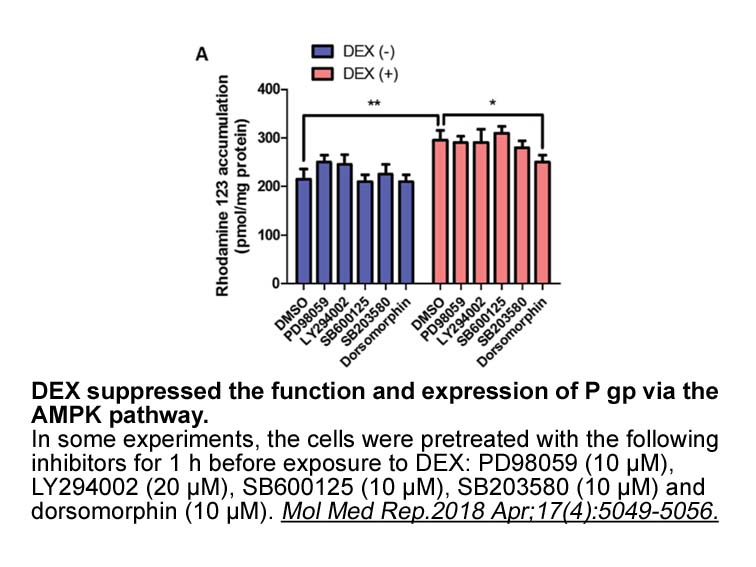
Funding Introduction The interest in the effects of endocrine disrupting chemicals (EDCs) in the aquatic environment continues to increase over the past decade, specifically those that act on steroidogenic pathways. EDCs that include synthetic androgenic and estrogenic compounds can severely a
-
Aurora A or B selective and pan
2024-06-14
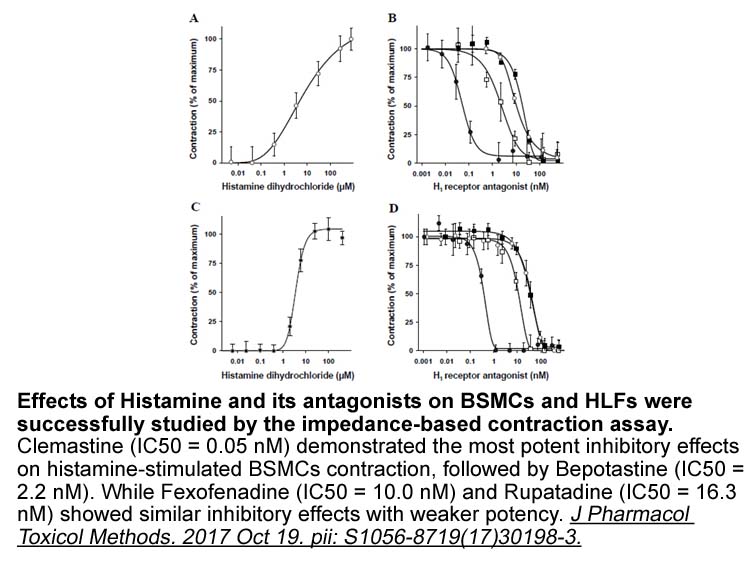
Aurora -A or -B selective and pan-aurora inhibitors have demonstrated different preclinical and clinical therapeutic efficacies [2,[19], [20], [21], [22], [23]]. For example, clinical trials for a pan-Aurora inhibitor VX-680 (developed by Vertex) were halted at phase II for toxicity reasons (one cas
-
Whole body loss of ACLY is early embryonic
2024-06-14
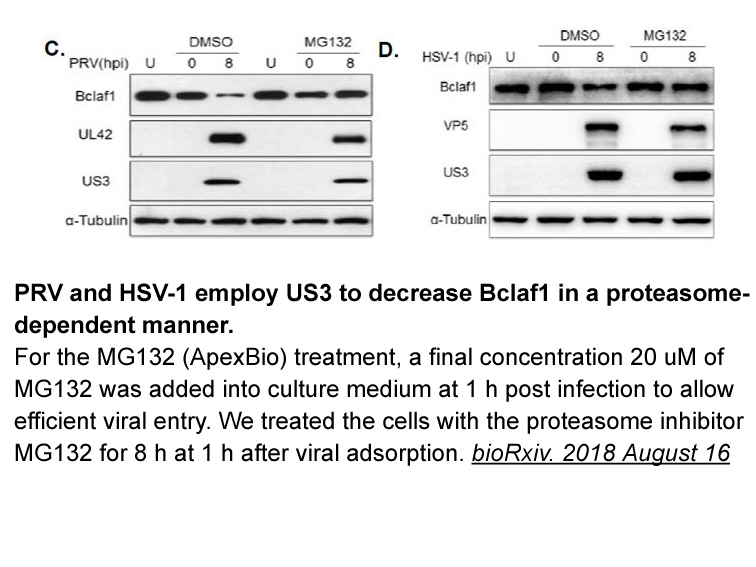
Whole-body loss of ACLY is early embryonic lethal, indicating that it serves non-redundant roles during development (Beigneux et al., 2004). Silencing or inhibition of ACLY suppresses the proliferation of many cancer cell lines and impairs tumor growth (Bauer et al., 2005, Hanai et al., 2012, Hatziv
-
TAE226 As previously mentioned when hypoxia
2024-06-14
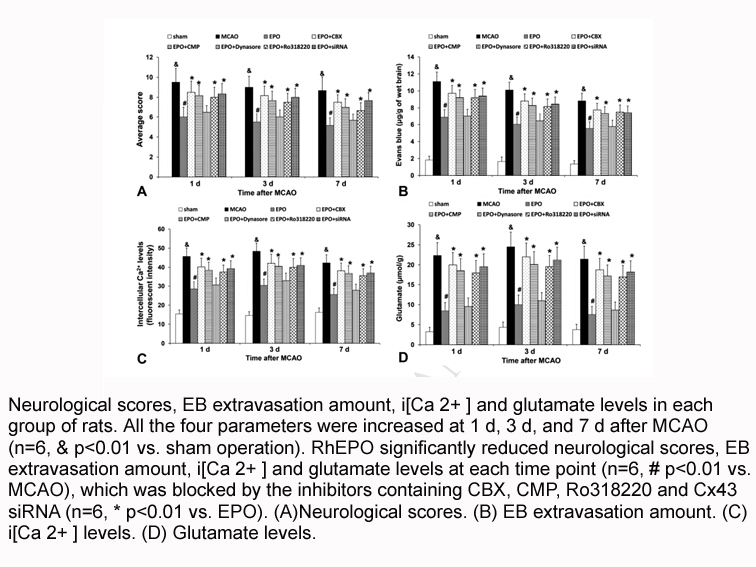
As previously mentioned when hypoxia-treated cells become re-oxygenated they sustain a significant amount of DNA damage which has been attributed to the formation of reactive oxygen species . This finding represents more than just an interesting in vitro phenomenon as within a tumor, cells have been
-
Introduction the DNA damage response important implications
2024-06-14
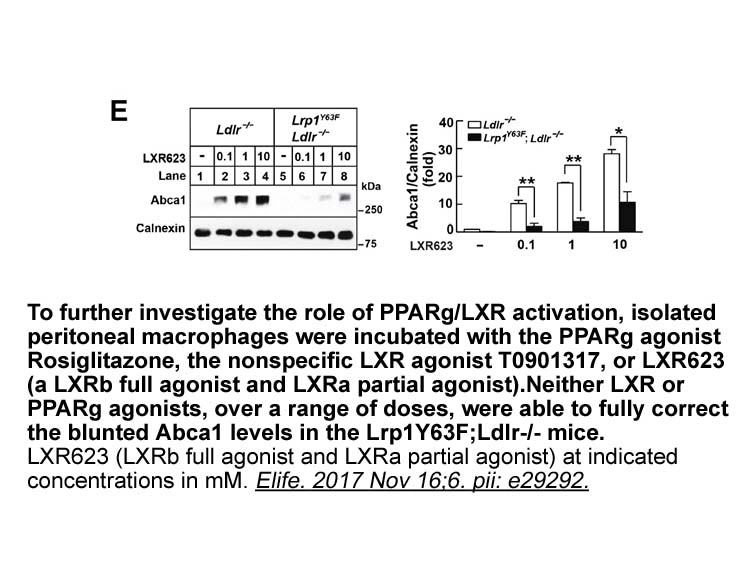
Introduction: the DNA damage response — important implications for tumour development and treatment Cells are invariably challenged by tens of thousands of lesions inflicted on their DNA everyday (Lindhal, 1993). This DNA damage can be caused exogenously by exposure to different types of radiation
-
Previous investigations have established that
2024-06-14
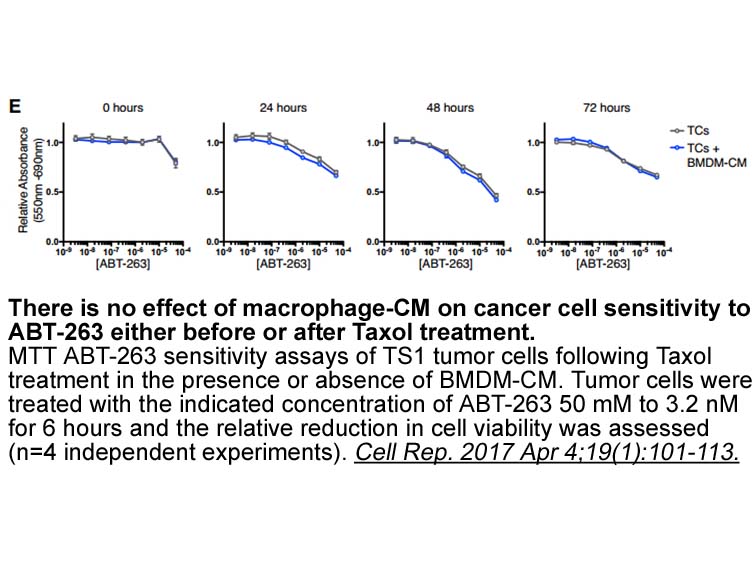
Previous investigations have established that aromatase activity is regulated via two different pathways in a tissue-specific manner. The first is a slower transcription regulatory pathway that involves an alteration in gene transcription and represents what is classically thought of as the way by w
-
br Findings br Discussion br Conclusions Midwives were
2024-06-13
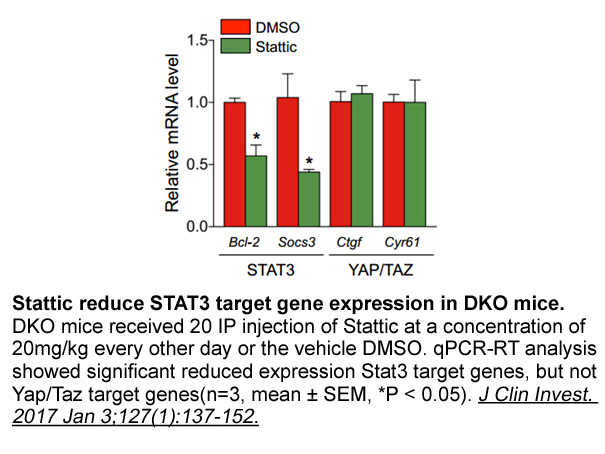
Findings Discussion Conclusions Midwives were more likely to provide effective antimalaria services (including two doses of IPT during the second and third trimesters of pregnancy) to pregnant women if Conflict of interest Authors’ contributions Funding Acknowledgements Resea
-
A number of studies indicate the involvement
2024-06-13
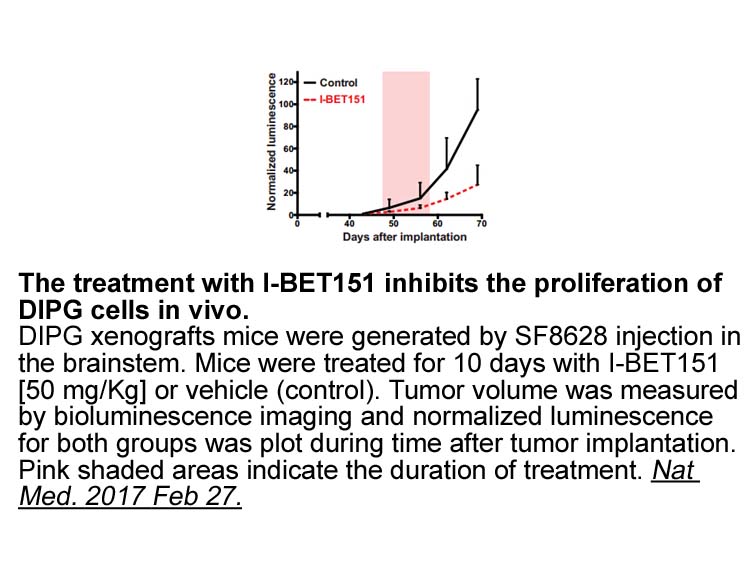
A number of studies indicate the involvement of the classical AR or a splice variant that translocate to the membrane, via a palmitoylation mechanism, similar to ERα (Acconcia et al., 2005, Acconcia et al., 2004, Acconcia et al., 2003), since AR equally contains the required nine amino calcium chann
-
br Role of AMPK in inflammation signaling
2024-06-13
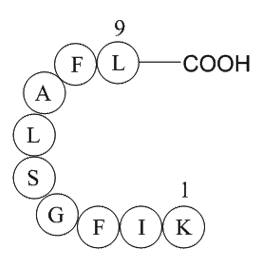
Role of AMPK in inflammation signaling Pro-inflammatory cytokines, such as interleukin (IL)-6 and tumor necrosis factor-α (TNF-α), activate Ikβ kinase (IKKβ), which phosphorylates IκBα, triggering the degradation of proteasomal IκB. This liberates active nuclear factor kB (NF-kB) to translocate i
-
br Mortality and morbidity Alzheimer s disease is officially
2024-06-13
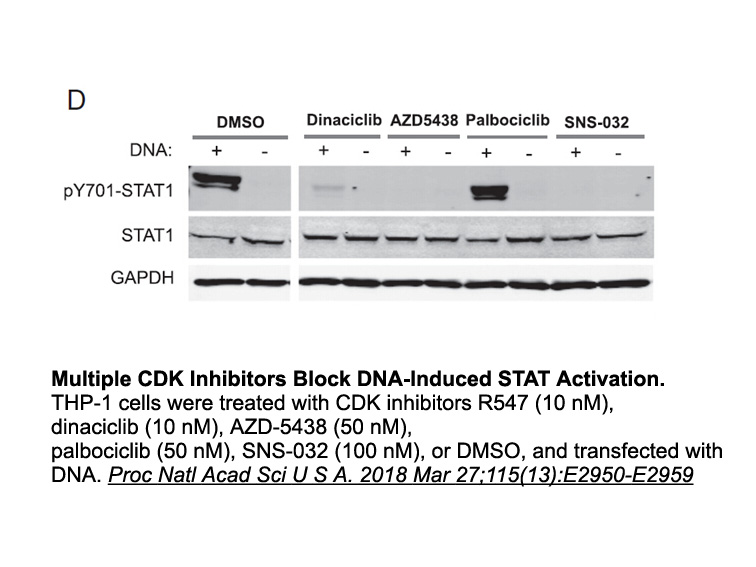
Mortality and morbidity Alzheimer's disease is officially listed as the sixth-leading cause of death in the United States [208]. It is the fifth-leading cause of death for those age 65 and older [198]. However, it histone methyltransferase may cause even more deaths than official sources recogni
-
In our previous study adiponectin system genes and proteins
2024-06-13
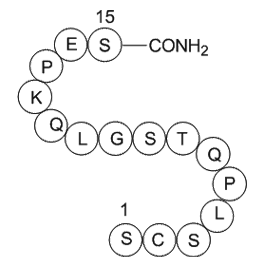
In our previous study, adiponectin system (genes and proteins) expression in the porcine endometrium and myometrium was observed on Days 2 to 3, 10 to 12, 14 to 16, and 17 to 19 of the estrous cycle [23]. Adiponectin receptors expression (mRNA) in the porcine endometrium was described by Lord et al.
16645 records 142/1110 page Previous Next First page 上5页 141142143144145 下5页 Last page